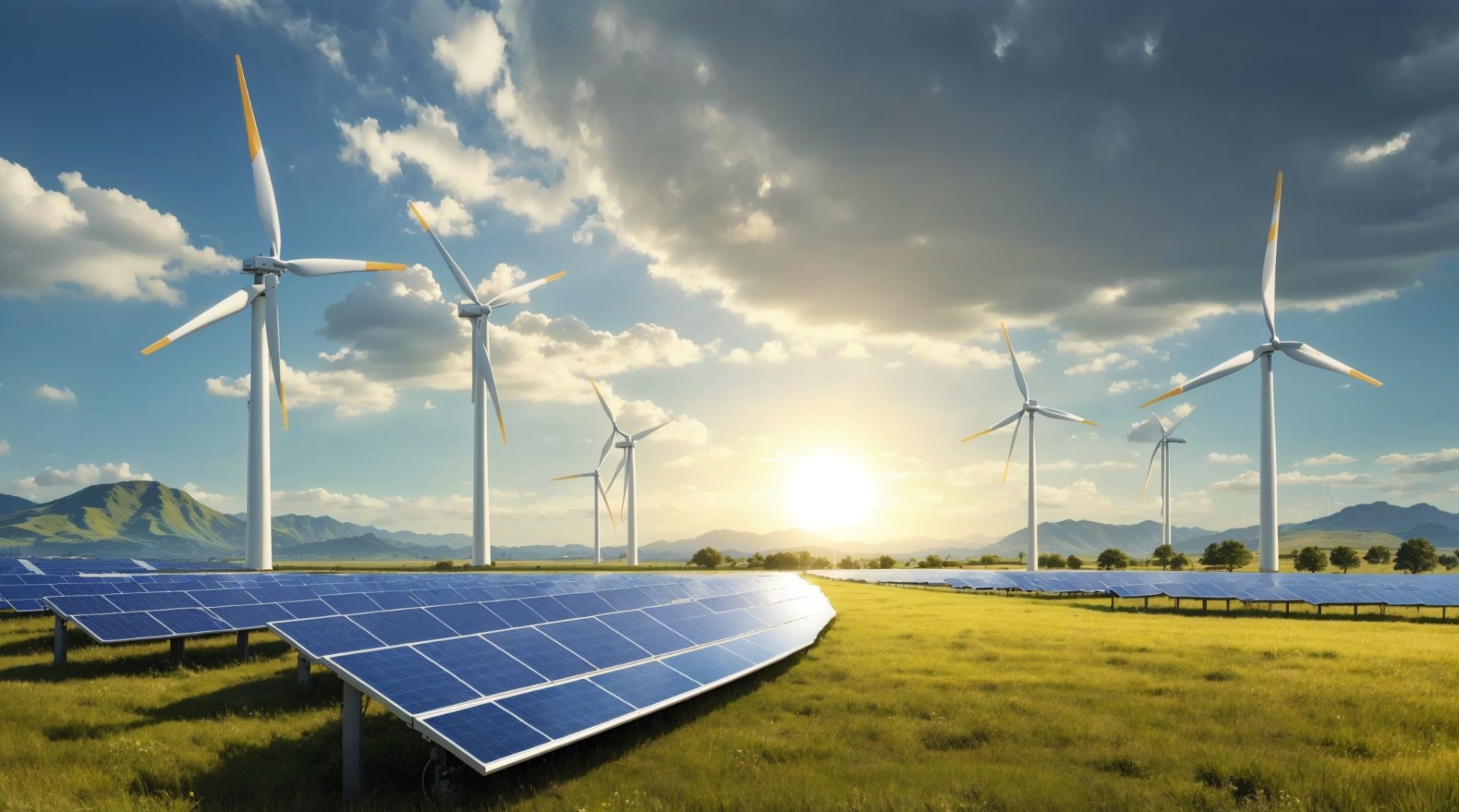Renewable Energy Homes Leading the Future
The global conversation on climate resilience and sustainable growth has ignited a powerful shift in the way we design and inhabit our living spaces. Homes are no longer just shelters; they are dynamic ecosystems of efficiency and responsibility. By embracing renewable energy homes, families can cut their dependency on fossil fuels, lower costs, and actively participate in building a cleaner future. Guided by visionary strategies and future leading tips, households are transforming into energy producers rather than mere consumers.

The Rise of Renewable Energy in Daily Living
Across the globe, more communities are seeing the advantages of integrating renewable systems into their housing. Solar panels, wind turbines, and geothermal heating are now practical, affordable, and reliable. A thoughtfully constructed green power guide helps homeowners identify the right blend of technologies for their needs. The idea is simple yet profound: every rooftop, garden, and wall has the potential to harness clean energy.
Why Renewable Energy Homes Matter
The environmental advantages are undeniable. By reducing carbon emissions and limiting energy waste, homes powered by renewables contribute directly to global climate goals. But the benefits stretch further. Financial independence from rising utility costs and the ability to generate surplus power for local grids create tangible rewards for households. This dual promise of ecological and economic value positions renewable solutions as essential rather than optional.
Solar Power at the Core
Solar technology remains the cornerstone of renewable living. Panels are more efficient than ever, capturing greater amounts of energy from smaller surfaces. Beyond panels, innovations such as solar shingles and transparent solar glass allow integration without sacrificing aesthetics. Paired with battery storage, homes can maintain power security even during outages or peak demands.
Wind and Geothermal Options
While solar is dominant, wind and geothermal systems add diversity to the renewable toolkit. Compact residential wind turbines capture kinetic energy in breezy regions, while geothermal systems leverage the earth’s consistent temperature to heat and cool interiors efficiently. These alternatives enrich the landscape of sustainable lifestyle ideas, allowing homes to tailor solutions based on location and climate.
Smart Technology and Energy Management
The power of renewables is amplified by intelligent systems. Smart meters, energy monitors, and adaptive thermostats allow households to fine-tune their consumption. By understanding patterns and predicting needs, technology ensures that no watt goes to waste. When combined with renewable sources, smart tech turns a home into a responsive and self-sufficient hub.
Designing with Sustainability in Mind
Architecture plays an equally vital role. Passive design techniques—such as optimal window placement, natural ventilation, and thermal insulation—minimize energy demand before renewable systems are even installed. Homes that marry design with renewable generation set a higher standard for comfort and efficiency.
Financial and Social Incentives
Governments and institutions are backing renewable transitions with incentives, tax credits, and grants. These measures reduce upfront costs and encourage adoption at scale. Communities benefit too, as localized power generation strengthens resilience against grid failures and fosters a culture of shared responsibility.
A Cultural Shift Toward Responsibility
The rise of renewable-powered homes symbolizes more than a technological revolution. It reflects a cultural awakening. People are increasingly valuing eco-conscious decisions as markers of progress and identity. Living in a renewable home signals participation in a global effort to safeguard the planet while enjoying modern conveniences.
Overcoming Challenges
Admittedly, challenges remain. Initial investment costs, space requirements, and regional limitations can pose barriers. Yet as technologies evolve and awareness spreads, these obstacles continue to diminish. With falling prices and greater availability, renewable adoption is expected to accelerate dramatically in the coming decade.
The Vision for Tomorrow
The homes of the future are not static structures—they are living systems. Each one contributes to a broader network of sustainability, producing clean energy and reducing strain on shared resources. They represent a model of resilience in uncertain times and a roadmap for societies aiming to harmonize progress with preservation.






